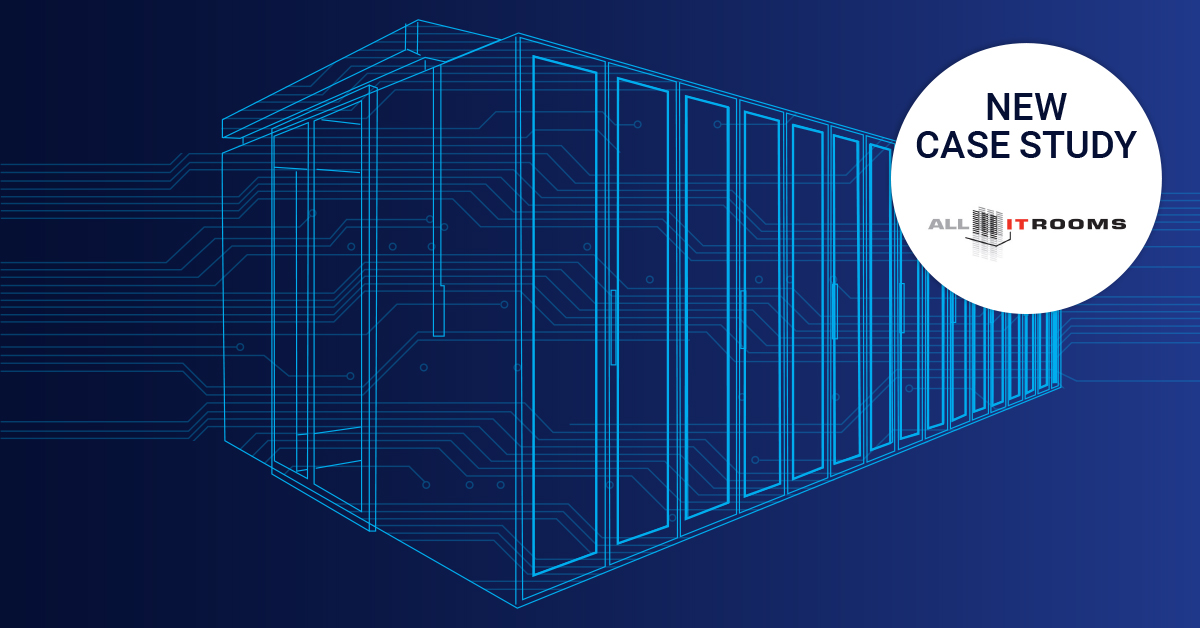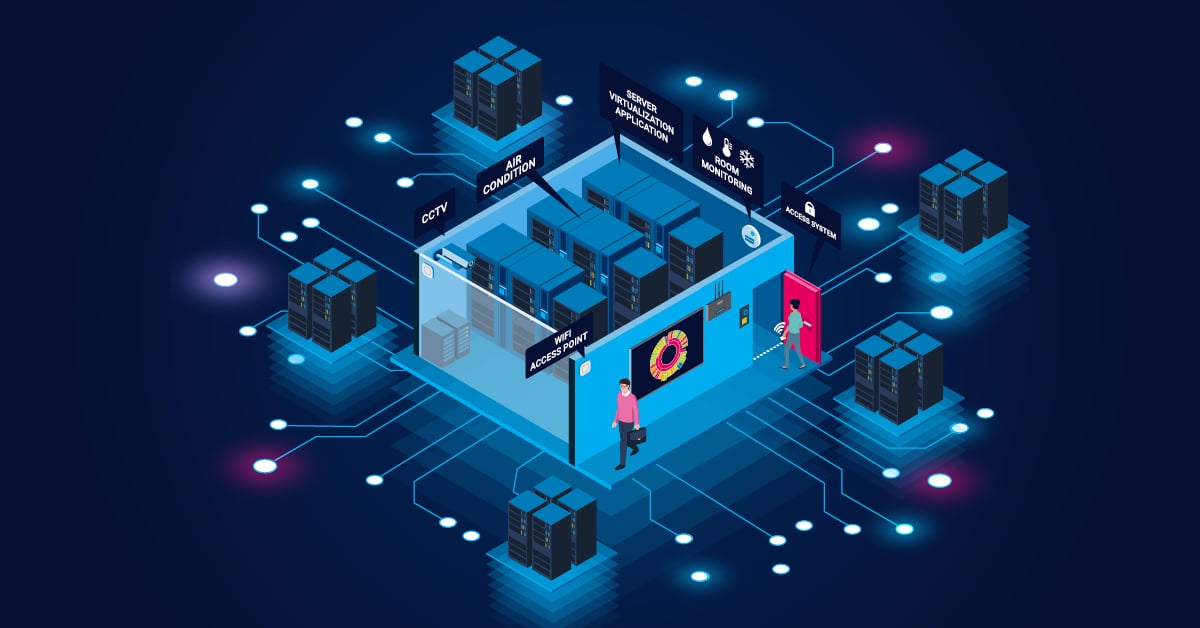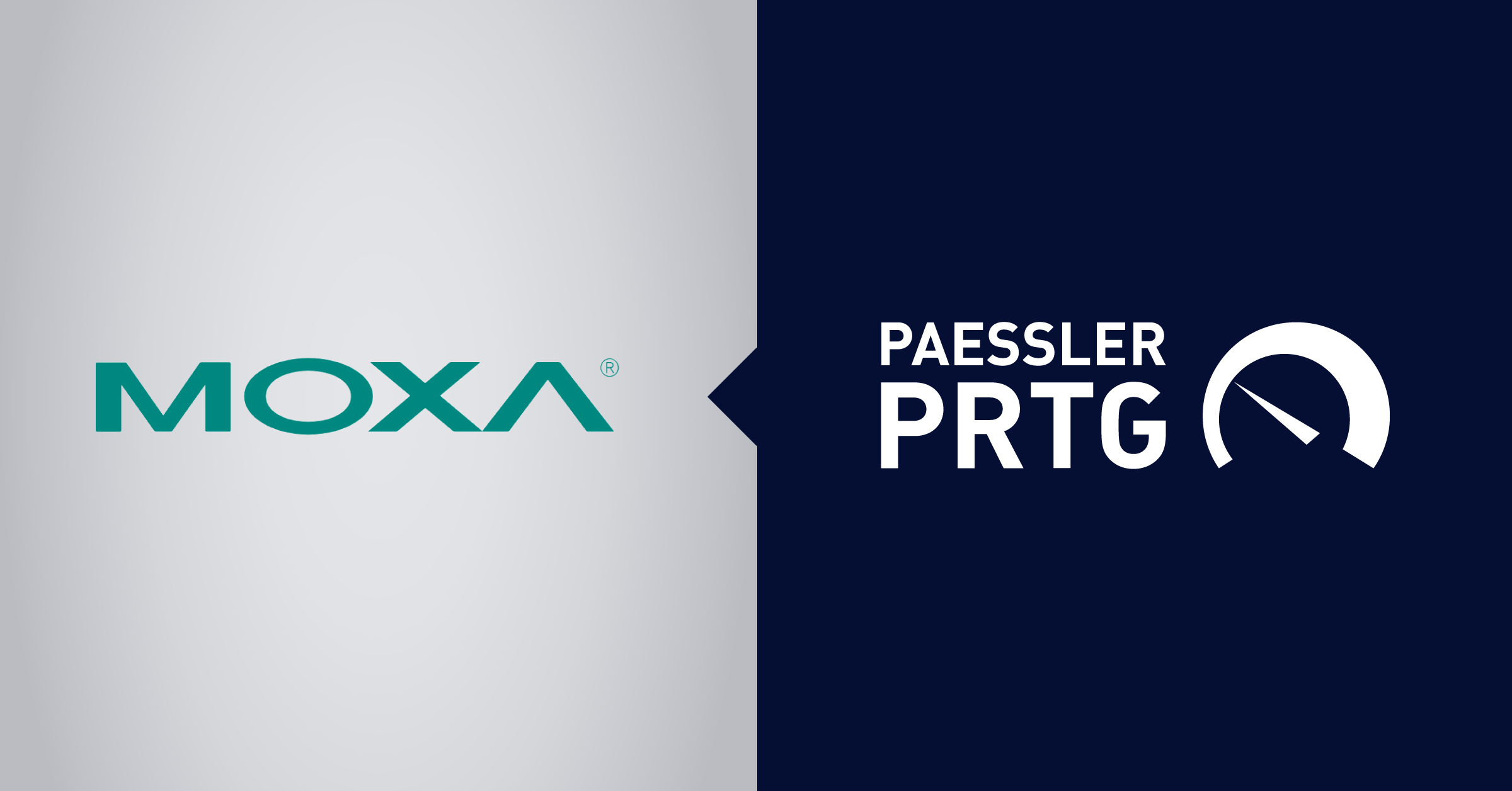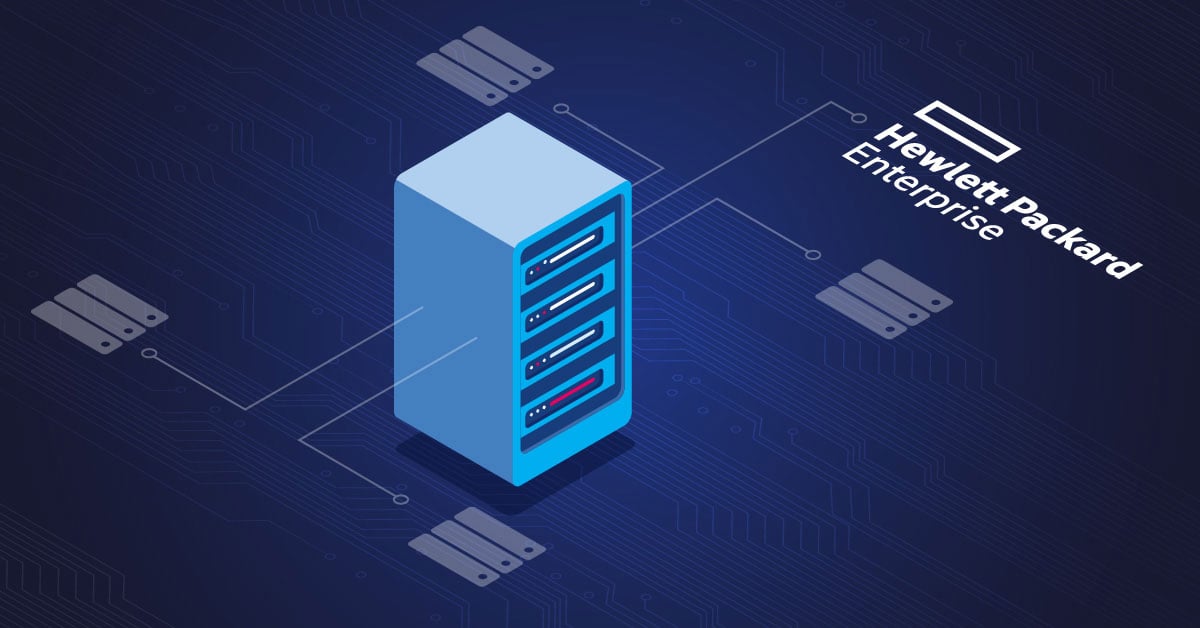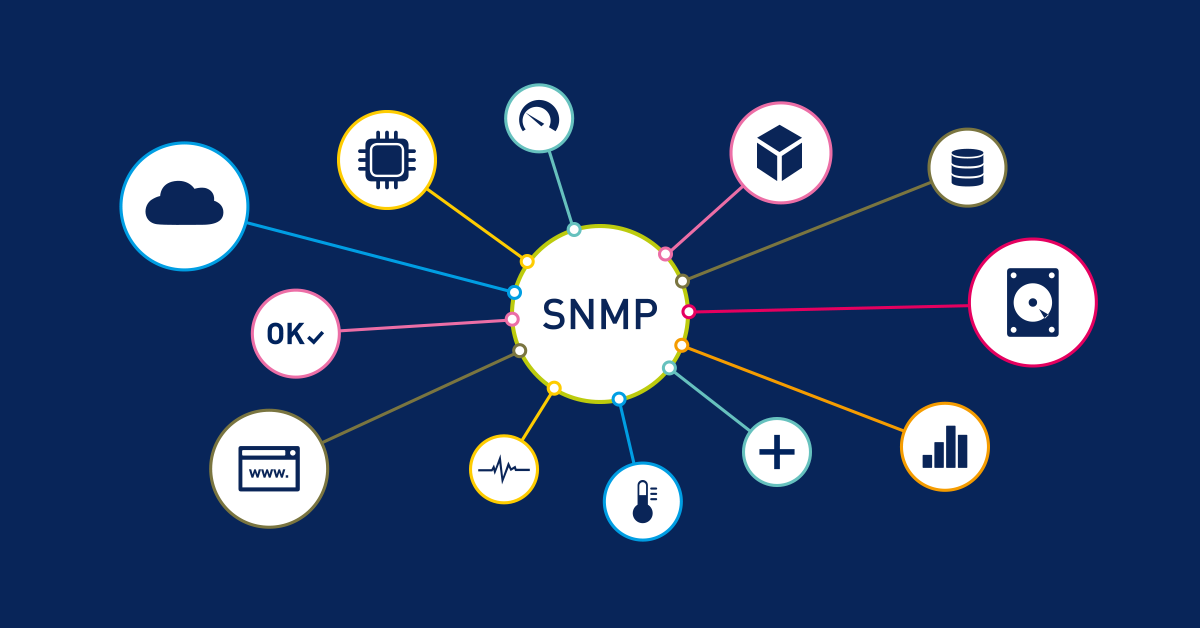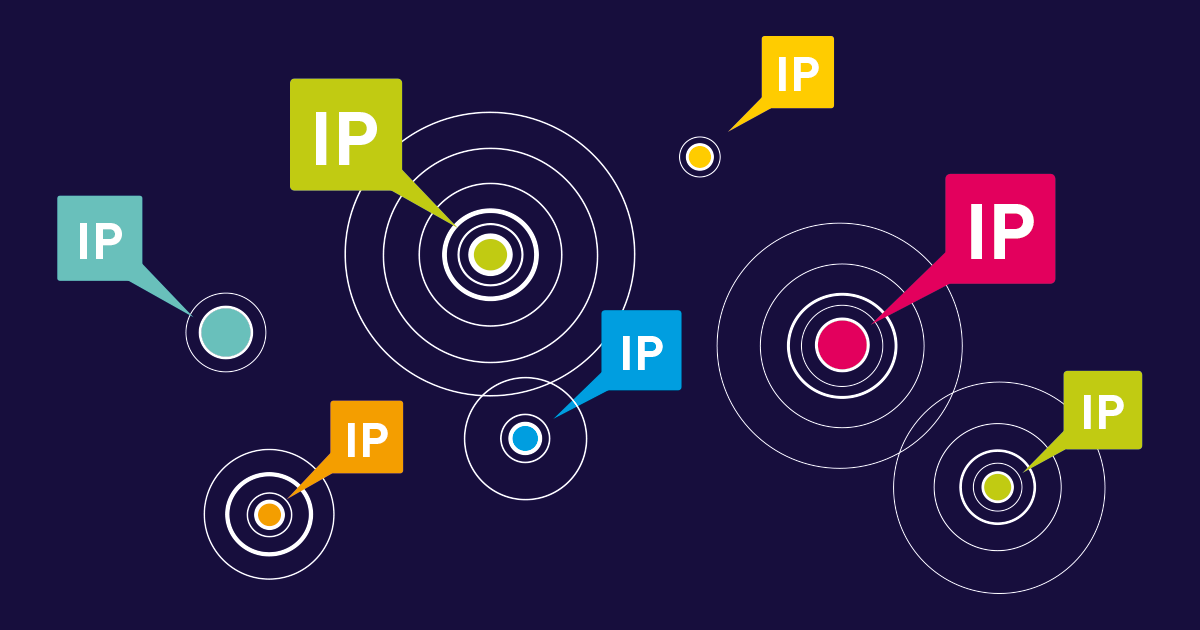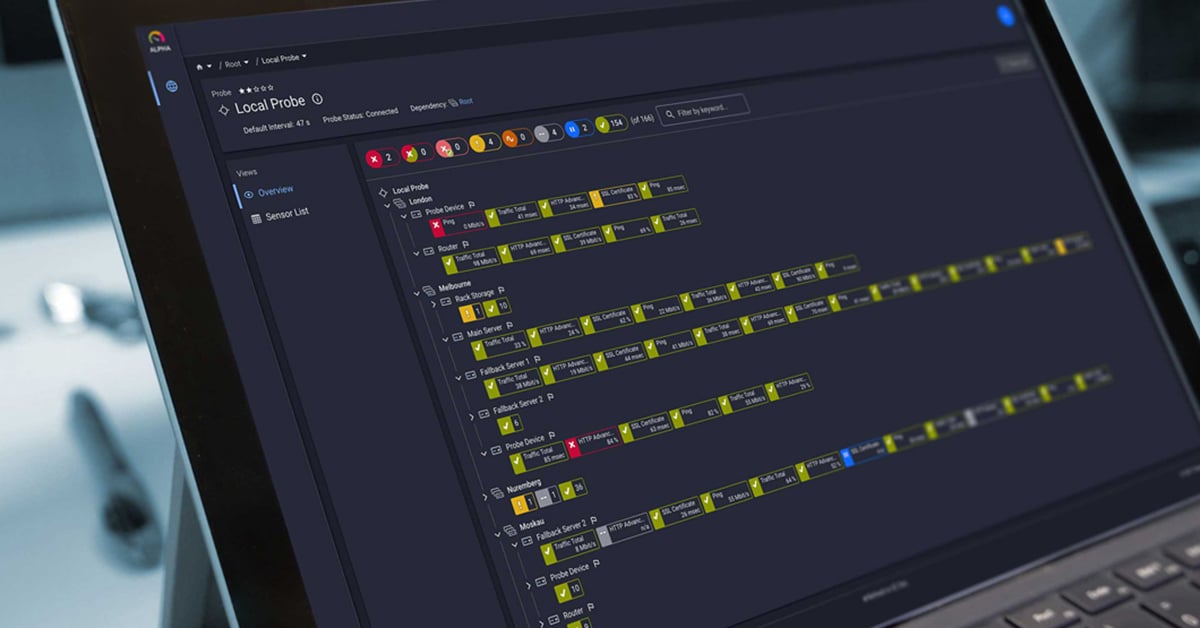Ever had that sinking feeling when your boss asks if the data center can handle next quarter's big product launch? Data center capacity planning isn't just an IT checkbox - it's what keeps your physical infrastructure running when workload demands spike and executives start asking uncomfortable questions.
We'll walk you through the three approaches to capacity management (lead, lag, and match), show you which tools actually help, and give you real-world practical steps to prevent those middle-of-the-night emergency calls. Whether you're dealing with power capacity constraints, cooling capacity challenges, or just trying to make your budget stretch further, effective capacity planning process and DCIM solutions are your best defense against infrastructure chaos.
Data center capacity challenges and their business impact
Ask any IT director about data center capacity planning gone wrong, and you'll hear some horror stories. Companies frequently waste millions on underutilized servers while others scramble during traffic spikes because they didn't plan ahead. Poor capacity management isn't just an IT headache - it hits your business where it hurts. You either deal with over-provisioning of IT equipment you don't need or face the nightmare scenario: systems crash during peak demand, customers experience downtime, and your reputation takes a hit.
What's the fix? Smart IT organizations use DCIM software - but not just as fancy dashboards. The real value comes from spotting trends before they become problems. Your monitoring setup should track everything from power usage and cooling capacity to whether you're actually using all that storage capacity you paid for. Many organizations have found that network capacity planning for optimal network performance helps them avoid those outages and maintain high uptime. It's about having enough capacity for future growth without overbuilding your infrastructure.
Data center capacity planning tools and templates for IT professionals
Effective data center capacity planning requires the right combination of tools and templates to track, analyze, and forecast your infrastructure needs. PRTG Network Monitor gives you actual useful dashboards that show you what's happening with power consumption, cooling capacity, and how hard your servers are working - in real-time, not last week. You'll spot bottlenecks and you can finally figure out which computing resources are just collecting dust instead of doing real work. If storage capacity is keeping you up at night, storage capacity planning with PRTG helps you track usage patterns and know when it's time to add more space.
By implementing the art of data center capacity management, you can turn capacity planning from a reactive fire-fighting exercise into something that actually supports your business goals and improves operational efficiency.
And let's be honest - nobody wants to manually collect all this data. That's where Data Center Infrastructure Management (DCIM) saves your sanity. It enables automation that pulls in all those tedious metrics about Power Usage Effectiveness (PUE), workloads, and how full your data center resources really are. With all data centers at a glance, you can keep tabs on multiple sites from one screen, spot patterns, and make sure you've got enough capacity for today and future needs.
Don't forget to add some "what-if" scenario planning to your toolkit - it's a game-changer. Removing uncertainty through "what-if" capacity planning lets you play out different scenarios before they happen. "What if we add that new customer?" "What if our holiday traffic doubles?" This kind of forecasting keeps your systems running while making the most of what you've got. Whether you're racking new servers, expanding virtualization, or using colocation space, having the right tools and templates keeps your capacity planning in line with what your business actually needs.
Three effective approaches to data center capacity management
When it comes to capacity planning, IT teams typically choose between three main approaches. Here's how each one works in the real world of modern data center operations:
The lead strategy is all about staying ahead of demand - you build extra capacity before you actually need it. Think of it as buying a bigger house because you're planning to have kids. This approach works great if you're growing fast or if downtime would be catastrophic for your business. The downside? You're paying for IT resources you're not using yet. If you go this route, regular network assessment is crucial to make sure you're not wasting money on unnecessary infrastructure. Set clear thresholds (like 70% capacity utilization) to trigger your next capacity expansion.
The lag strategy takes the opposite approach - it's basically procrastination as a strategy - like that one server in your rack that's been running at 95% capacity for months, but you keep thinking "it's fine, it hasn't crashed yet." This method keeps initial costs low but risks creating bottlenecks in your data center operations.
The match strategy aims for the sweet spot. You'll have to dig through your historical data to spot trends in how your systems are actually being used. I've seen companies do monthly forecasting updates, others do quarterly - depends on how patient your CFO is, honestly. This approach requires more planning with data center capacity planning tools, but it usually gives you that sweet spot between spending too much and risking outages.
So which one should you pick? Well, it depends (doesn't it always?). Consider your business priorities and capacity requirements. If uptime is absolutely critical and budget is less of a concern, the lead strategy makes sense. If you're operating with tight financial constraints but can tolerate occasional performance hiccups, the lag approach might be better.
Many organizations actually use a hybrid approach - applying the lead strategy to mission-critical systems while using the lag or match approach for less essential services. The key is aligning your capacity strategy with your specific business requirements and building in appropriate redundancy for critical systems.
Building a resilient data center through effective capacity planning
Smart data center capacity planning isn't just about avoiding emergencies - it's about building infrastructure that rolls with the punches of changing workload demands without breaking the bank. The secret? Knowing exactly what you have now and what you'll need tomorrow. Start with a good hard look at your current setup, identify your critical systems, and get monitoring tools that show you real-time data on power load, cooling capacity, and resource utilization.
Whether you choose lead, lag, or match (or mix them for different systems), you'll prevent those midnight emergency calls, eliminate stranded capacity, and streamline your operations.
Ready to get your capacity planning on track? Get a free trial and see how the right monitoring tools can transform your data center management and improve sustainability.
Got Questions? We've Got Answers
What's the biggest headache with data center capacity planning?
Honestly? It's the guessing game. You're constantly trying to predict how much space, power capacity, and cooling capacity you'll need six months from now, and it's never as simple as it sounds. I've seen too many IT teams get burned by either overbuying (hello, budget waste) or underestimating growth and scrambling when things get tight. The worst is when you've got stranded capacity - resources sitting idle in one area while another part of your infrastructure is maxed out. And don't get me started on those surprise workload spikes that nobody warned you about!
Check out network capacity planning for optimal network performance for some sanity-saving tips on how to optimize your resources.
How often should I check my data center capacity?
Quarterly is probably good enough for most shops, but it really depends on how fast things change in your environment. If you're in a high-growth company or your workloads swing wildly, you might want to look at critical systems monthly. But here's the thing - you shouldn't be manually checking this stuff anyway. Set up decent monitoring with alerts that ping you when servers, storage, or networks hit 70-80% capacity, then do your deeper dive reviews on a schedule that makes sense for your business. This granular approach to monitoring helps you spot trends before they become problems.
Take a look at storage capacity planning with PRTG to set up smarter monitoring routines for your data center resources.
What tools do I actually need for decent capacity planning?
You don't need to break the bank, but you do need the basics: something that monitors your infrastructure in real-time and alerts you before things go sideways. At minimum, get yourself a tool that tracks server, storage, and network usage. If you can swing it, a good DCIM solution will save you tons of headaches by monitoring power consumption and cooling capacity too. Running multiple data centers? Then you definitely want something that gives you all data centers at a glance so you're not constantly switching between systems when managing your physical infrastructure.
If you're just getting started with capacity planning, check out what is infrastructure monitoring for the fundamentals of keeping your IT equipment running smoothly.
 Published by
Published by 


